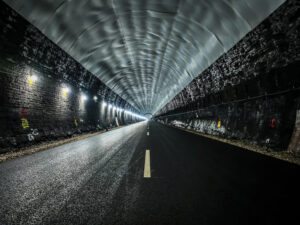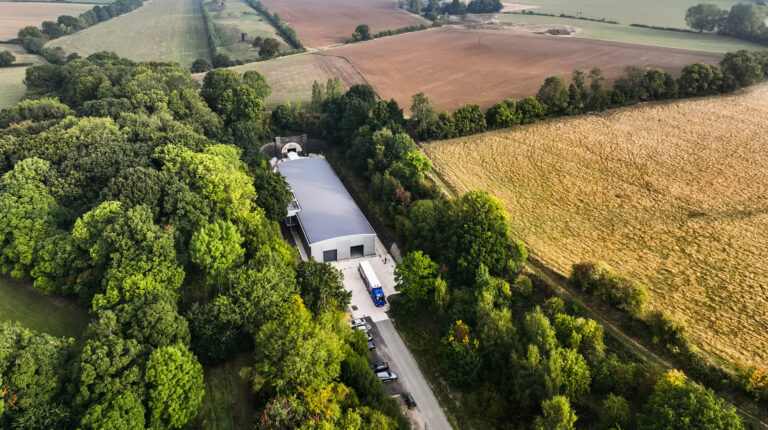The 2.7km Catesby Tunnel has officially joined Connected and Automated Mobility (CAM) Testbed UK, dedicated to the development of connected and autonomous vehicle technologies.
Operated by Catesby Projects, a UK engineering consultancy, this first-of-its-kind facility becomes the sixth test site to join the CAM Testbed UK network.
The inclusion of Catesby Tunnel in the network aims to strengthen the UK’s testing capabilities and relationships with other testbeds.
John Paton, managing director of Catesby Projects, said, “Catesby Tunnel is incredibly excited to become a member of CAM Testbed UK, joining a list of prestigious and innovative organizations that together demonstrate the UK’s broad capability for autonomous vehicle development.
“We can’t wait to begin working with new companies and promoting the UK as a global center for developing connected and automated mobility technologies.”

The tunnel is ideal for all kinds of vehicle testing, combining high levels of repeatability with reality. The temperature, pressure and humidity in the tunnel remain incredibly stable throughout, and there is no wind or rain to compete with either.
Paired with its excellently smooth surface (+/- 2mm of being planar), the tunnel offers an environment in which data can easily be gathered with a greater degree of confidence, allowing engineers to analyse the effects of tiny setup changes.
Such repeatabilty could prove extremely valuble to the testing of CAM technologies. The tunnel is also radio insulated, meaning it can be made to be totally dark, providing the perfect space for testing new technology in traditionally difficult-to-navigate conditions.
“Catesby offers a controlled and private environment that provides a blank canvas for many use cases,” Paton told ADAS & Autonomous Vehicle International. “For example, this could include V2V or V2X communication testing in an indoor/radio quiet scenario or platooning in a 2.5km, two-lane controlled environment – basically anything requiring long range of sight, testing of vehicles and sensors in poor or dark conditions.”



